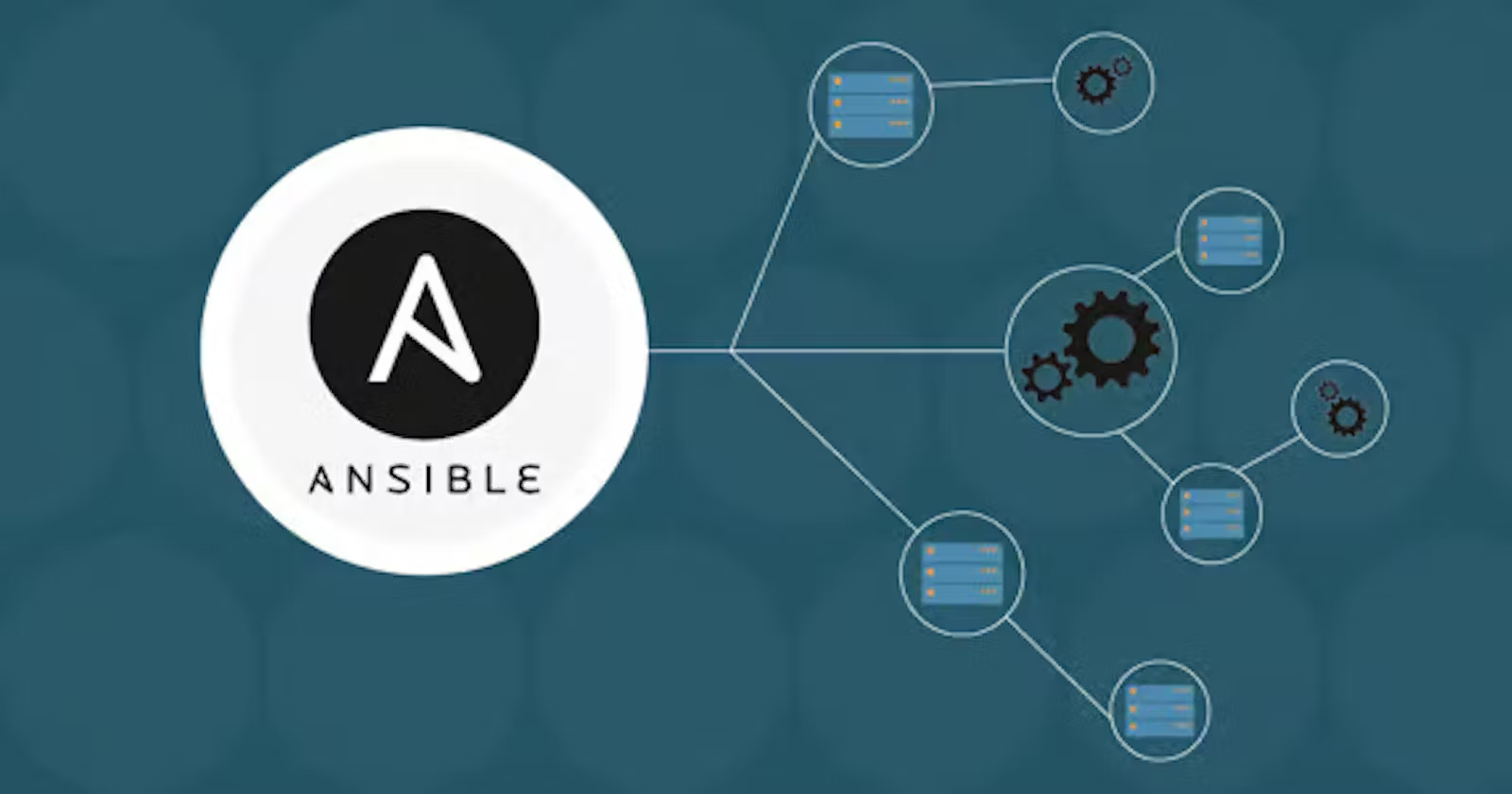Ansible - 03 (Ansible roles with examples)- Day 16
 ALI MASIU ZAMA
ALI MASIU ZAMA
Table of contents
Ansible is used for managing infrastructure, deploying applications, and automating repetitive tasks. One of the key features that make Ansible so versatile and efficient is "Roles." In this blog post, we will deep dive into Ansible Roles using an example to help you understand their significance and how they can simplify complex automation tasks.
Understanding Ansible Roles
Ansible Roles are a way to organize and encapsulate automation tasks, making your playbooks cleaner and more modular. They allow you to package tasks, variables, and templates into reusable components, making your automation code more maintainable and shareable. Roles also enable collaboration among team members and the Ansible community, as you can easily share and reuse them across different projects
Roles follow a specific directory structure, which includes subdirectories for tasks, variables, templates, and handlers. This structure ensures consistency and clarity in your automation projects.
Let's break down the components of an Ansible Role:
Tasks: These are YAML files that contain the actual actions or steps you want Ansible to perform. They can include tasks like installing packages, configuring files, or restarting services.
Variables: Ansible allows you to define variables that can be used within your role. This flexibility makes it easy to customize your automation for different environments or scenarios.
Handlers: Handlers are special tasks that get triggered when specific conditions are met. They are often used for actions like restarting a service only if a configuration file changes.
Defaults: This directory contains default variables for the role. These variables serve as a baseline and can be overridden when using the role in a playbook.
Meta: The meta-directory holds metadata about the role, such as its author, dependencies, and supported platforms.
A Real-World Example
Here's how you can structure your Ansible Role for this scenario:
Copy
Copy
my_website_role/
├── tasks/
│ ├── main.yml
│ ├── install_web_server.yml
│ ├── configure_web_server.yml
│ ├── deploy_website.yml
├── defaults/
│ ├── main.yml
├── handlers/
│ ├── main.yml
├── meta/
│ ├── main.yml
Role Tasks
install_web_server.yml: This task installs the necessary web server software, like Apache or Nginx.configure_web_server.yml: It configures the web server with the required settings, such as virtual hosts and SSL certificates.deploy_website.yml: This task deploys the website code to the server.
Role Variables
In the defaults/main.yml file, you can define variables like website_directory, server_port, and ssl_certificate_path. These variables can be customized for different servers or environments.
Role Handlers
Handlers defined in handlers/main.yml can be used to restart the web server when configuration changes are made.
Using the Role in a Playbook
Now that you have created your Ansible Role, you can use it in a playbook to automate the web server setup process for multiple servers. Here's a simplified playbook:
Copy
Copy
---
- name: Configure Web Servers
hosts: web_servers
roles:
- my_website_role
Conclusion:
Ansible Roles simplify automation by allowing you to break down complex tasks into reusable components. This structured approach improves code organization, readability, and maintainability. Whether you're managing web servers, databases, or any other infrastructure component, Ansible Roles are a valuable tool to have in your automation toolkit. Start using them today to streamline your automation workflows and collaborate effectively with your team.
Subscribe to my newsletter
Read articles from ALI MASIU ZAMA directly inside your inbox. Subscribe to the newsletter, and don't miss out.
Written by

ALI MASIU ZAMA
ALI MASIU ZAMA
🚀 𝐀𝐛𝐨𝐮𝐭 𝐌𝐞 "Hi, I'm Ali masiu zama, a DevOps student passionate about cloud computing and automation. I'm currently learning AWS, Linux, Docker, and CI/CD pipelines, with a focus on automating workflows and building scalable solutions. My goal is to become a skilled DevOps engineer, and I'm excited to share my learning journey and projects with the community."